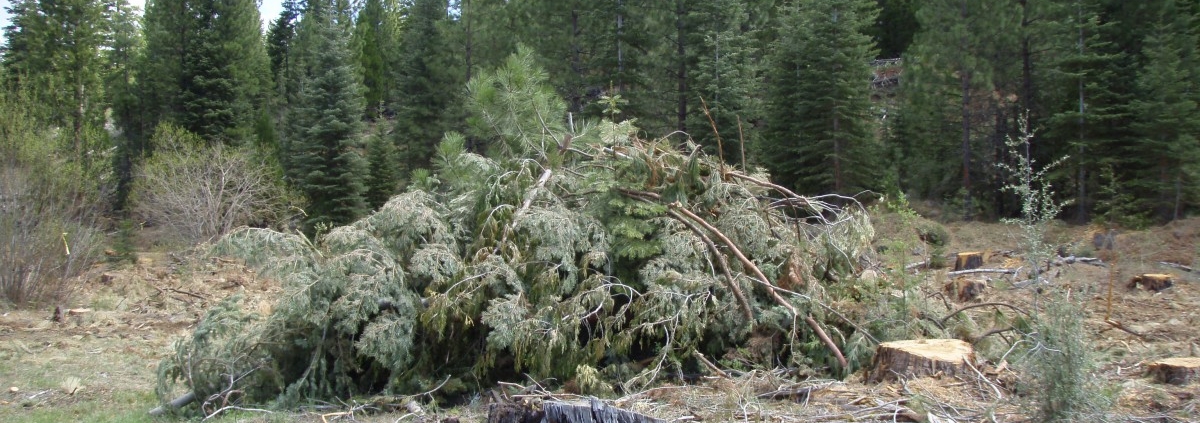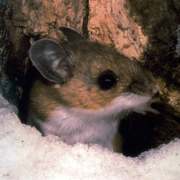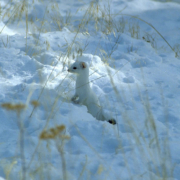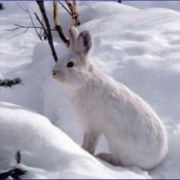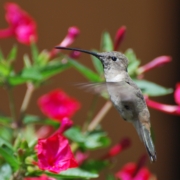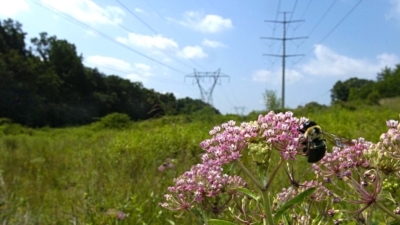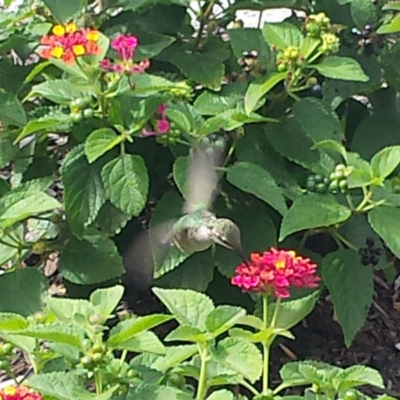This Year’s Christmas Tree, Next Year’s Habitat
With the winter holiday season upon us and Christmas only a few days away, many living rooms and office lobbies are now decorated (or soon will be) with live evergreen Christmas trees. But once the holidays are over, what should we do with all of those trees?
I suggest using them to create habitat!
A post-holiday Christmas tree collection drive through a local school or community center is a great way to reach out to your local community and spread awareness about your habitat enhancement program, while also providing valuable brush for your projects.
As part of my Three Rs blog series a couple of years ago, I briefly mentioned using old Christmas trees in brush piles. Start by removing the branches from a few trees and using the trunks to create a base that lifts up the brush and provides space for wildlife to move around under cover. Intact Christmas trees or their brush can then be loosely piled on top. The needles can be left on the branches, as they will provide more cover and will be used by many birds for nest building in the spring. Creating these kinds of brush piles along the edge of your woodland or grassland will provide cover for small mammals, birds, reptiles, and amphibians to escape from predators, find shelter from the elements, and build nests and dens.
If you have a pond or lake, Christmas trees can also be used to create underwater cover for fish and aquatic invertebrates. You can tie together branches from the trees into a brush pile to be partially or fully sunk. Alternatively, you could sink single intact Christmas trees. Wood floats, so you’ll probably need to weigh the trees and brush piles down with a cinderblock.
It may seem obvious, but it’s still a very important to note: be sure to remove all decorations, including lights, artificial snow, ornaments, and tinsel, from the Christmas trees prior to using them in projects. These items will create litter that could harm wildlife and contaminate the water and soil nearby.
